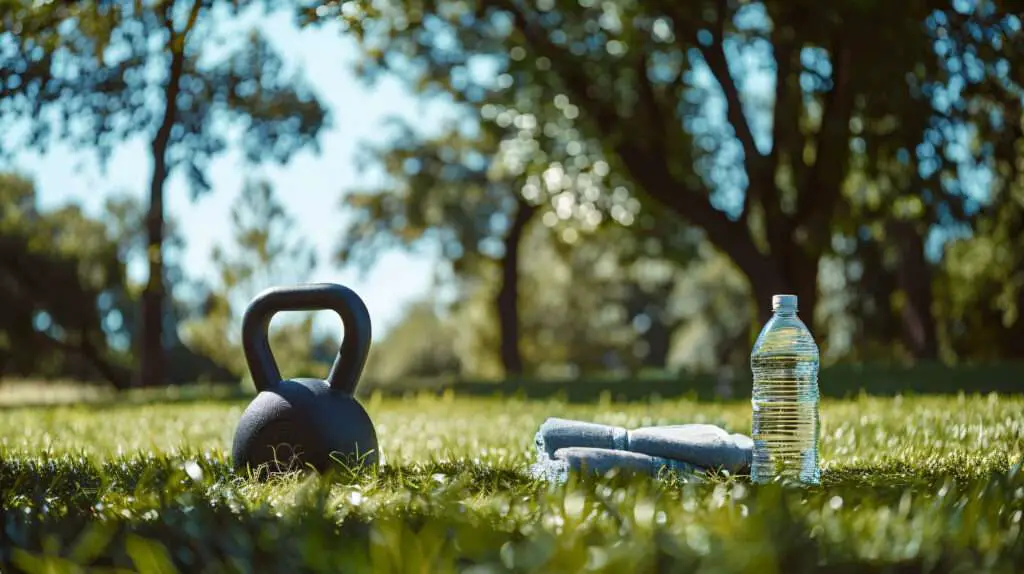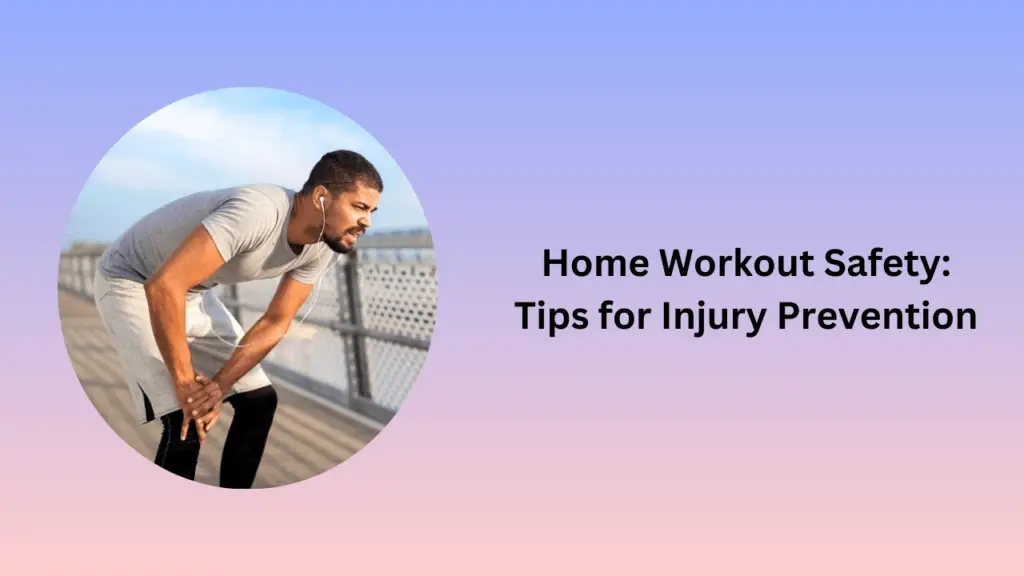To prevent injuries, it is crucial to stay safe during home workouts. Simple steps like warming up, using proper form, and ensuring a clutter-free space can make a big difference. Prioritize home workout safety by listening to your body and gradually increasing intensity to avoid strains and sprains. With these precautions, you can enjoy a safe and effective fitness routine at home.
Table of Contents
ToggleImportance of Workout Safety
Training at home can be convenient and cost-effective, but it also comes with unique risks. Without the guidance of professional trainers and the oversight of a gym environment, injuries can occur more easily, particularly from improper form, inadequate space, or unsuitable equipment. Here are fundamental safety principles to keep in mind:
Common Risks in Home Workouts
- Poor Form: Exercising without supervision can lead to incorrect movements supporting injuries.
- Inadequate Space: Limited space can cause accidents, especially during dynamic exercises.
- Improper Equipment Usage: Using equipment without proper knowledge can lead to mishaps.
“Prioritizing safety can enhance your workout experience and help you stay committed to your goals.”
Create a Safe Workout Environment

To minimize risks, setting up a safe and effective workout environment is essential.
Assess Your Space
- Clear Area: Ensure you have ample space, free of furniture, decorations, or pet toys. Trip hazards are reduced by having a clear workout zone.
- Ventilation and Lighting: Ensure the area is well-ventilated and adequately lit. Poor air quality or lighting can hamper your workout and increase the risk of accidents.
Use the Right Equipment
Choosing Suitable Gear
- Footwear: Invest in good workout shoes that provide support and grip. Avoid running barefoot on hard surfaces to prevent strain.
- Mat and Padding: A quality workout mat can shield you from hard floors during stretches or exercises, enhancing comfort and reducing injury risk.
- Warm-Up and Cool Down: The Underrated Essentials
Skipping warm-ups and cooldowns is a common mistake among home exercisers.
Cool Down for Recovery
Cooling down is equally crucial. It helps gradually lower your heart rate and can reduce muscle soreness. Post-workout, incorporate static stretches focusing on major muscle groups.
Mastering Form and Technique
One of the most significant injury risks arises from executing exercises with improper form.
Educate Yourself

Resources such as fitness apps, online classes, or YouTube channels provide visual guides for performing exercises correctly. Always prioritize form over the number of repetitions or lifting heavier weights.
Listen to Your Body
- Modify When Necessary: If an exercise feels too challenging or painful, modify it to suit your ability. For instance, try knee push-ups instead of standard push-ups if you struggle with the latter.
- Rest and Recovery: Don’t ignore pain or discomfort. Rest days are just as important as workout days to allow your body to recover effectively.
Implementing Safe Workout Practices
Creating a habit of safety in your home workouts can foster a more enjoyable experience. Here are key practices to integrate into your routine:
Stay Hydrated

- Pre and Post-Workout: Drink water before and after your workouts to keep hydrated.
- During Workouts: Take short water breaks, especially during intense sessions.
Track Your Progress
Keep a workout diary or use apps to log your workouts. Monitoring your progress can help identify patterns that may lead to strain or injury.
Conclusion: Stay Smart, Stay Safe
Safety should always be at the forefront of your fitness journey, especially when working out at home. By creating a safe environment, prioritizing warm-ups and cooldowns, mastering proper form, and listening to your body, you’ll minimize the risk of injury and enjoy your workouts more fully.
So, the next time you lace up your sneakers to hit your home gym, remember these safety tips. You’re investing in not just your fitness but your long-term well-being.
Have your own home workout safety tips? Share your fitness tips in the comments section below and let’s encourage one another to stay fit and injury-free!
